cdnice
Posts: 179
Joined: 5/7/2009
From: Ottawa, Ontario, Canada
Status: offline

|
#396, #1398 AOR 509 Protecteur
Overview: HMCS Protecteur is a Canadian "Protecteur"-class Auxiliary Oiler Replenishment (replenishment oiler) ship. Built by Saint John Shipbuilding and Dry Docks in Saint John, New Brunswick, she was commissioned in 1969, the first ship of her class.
Details: Protecteur class ships are deployed to supply fuel, food and ammunitions to Canadian and allied warships at sea. The vessel’s displacement is five times greater than that of a frigate. This allows it to supply provisions to a group of six destroyers for six weeks without returning to port for resupply. The ships are also equipped with modern medical equipment making them ideal for disaster response and support duties.
Specifications:
Displacement: 24,000tonnes fully loaded
Dimensions: Length 171.9m, beam 23.2, draught 10.1m
Propulsion: 2 × Babcock & Wilcox boilers, 1 × General Electric steam turbine engine at 21,000 shp (16,000 kW)
Crew: 365 officers and crew, including 45 in air detachment
Aviation: aft helicopter deck with hangar; up to 3 CH-124 Sea King helicopters
Cargo: 14,590 t (14,360 long tons) of fuel, 400 t (394 long tons) of aviation fuel, 1,048 t (1,031 long tons) of dry cargo, and 1,250 t (1,230 long tons) of ammunition, spares
Armament: 1 x FMC 3”/50 (later removed), 1 Mk.29 octuple Sea Sparrow (fitted for but not with), 6 × .50 calibre machine guns
NOTES: The Canadian Navy never purchased any Mk.29 Sea Sparrow launchers for these ships but the design originally allowed for them.
Sources:
http://www.hazegray.org/navhist/canada/current/protect/
https://en.wikipedia.org/wiki/Protecteur-class_replenishment_oiler
https://readyayeready.com/ships/shipview.php?id=1336&ship=PROTECTEUR
https://www.naval-technology.com/projects/protecteur-class/
#722 AOR 509 Protecteur, 1990, (Gulf War)
Overview: HMCS Protecteur is a Canadian "Protecteur"-class Auxiliary Oiler Replenishment (replenishment oiler) ship. Built by Saint John Shipbuilding and Dry Docks in Saint John, New Brunswick, she was commissioned in 1969, the first ship of her class.
Details: Protecteur departed Halifax on 24 August 1990 for Operation Friction with her bow 3-inch/50 re-installed, as well as two CIWS mounts (permanent post conflict), two Bofors 40mm guns, six 0.5 inch (12.7mm) machine guns as well as Blowpipe and Javelin MAPADS during the Gulf War deployment. Countermeasures & decoys added for the mission included 4 × BAE Systems Mark 36 SRBOC chaff launchers and the AN/SLQ-25 Nixie towed decoy. The Protecteur class ships are deployed to supply fuel, food and ammunitions to Canadian and allied warships at sea. The vessel’s displacement is five times greater than that of a frigate. This allows it to supply provisions to a group of six destroyers for six weeks without returning to port for resupply. The ships are also equipped with modern medical equipment making them ideal for disaster response and support duties.
Specifications:
Displacement: 24,000tonnes fully loaded
Dimensions: Length 171.9m, beam 23.2, draught 10.1m
Propulsion: 2 × Babcock & Wilcox boilers, 1 × General Electric steam turbine engine at 21,000 shp (16,000 kW)
Crew: 365 officers and crew, including 45 in air detachment
Aviation: aft helicopter deck with hangar; up to 3 CH-124 Sea King helicopters
Cargo: 14,590 t (14,360 long tons) of fuel, 400 t (394 long tons) of aviation fuel, 1,048 t (1,031 long tons) of dry cargo, and 1,250 t (1,230 long tons) of ammunition, spares
NOTES:
Sources:
http://www.hazegray.org/navhist/canada/current/protect/
https://en.wikipedia.org/wiki/Protecteur-class_replenishment_oiler
https://readyayeready.com/ships/shipview.php?id=1336&ship=PROTECTEUR
https://www.naval-technology.com/projects/protecteur-class/
#2677 AOR 509 Protecteur, 2000-14
Overview: HMCS Protecteur is a Canadian "Protecteur"-class Auxiliary Oiler Replenishment (replenishment oiler) ship. Built by Saint John Shipbuilding and Dry Docks in Saint John, New Brunswick, she was commissioned in 1969, the first ship of her class.
Details: Protecteur class ships are deployed to supply fuel, food and ammunitions to Canadian and allied warships at sea. The vessel’s displacement is five times greater than that of a frigate. This allows it to supply provisions to a group of six destroyers for six weeks without returning to port for resupply. The ships are also equipped with modern medical equipment making them ideal for disaster response and support duties.
Specifications:
Displacement: 24,000tonnes fully loaded
Dimensions: Length 171.9m, beam 23.2, draught 10.1m
Propulsion: 2 × Babcock & Wilcox boilers, 1 × General Electric steam turbine engine at 21,000 shp (16,000 kW)
Crew: 365 officers and crew, including 45 in air detachment
Aviation: aft helicopter deck with hangar; up to 3 CH-124 Sea King helicopters
Cargo: 14,590 t (14,360 long tons) of fuel, 400 t (394 long tons) of aviation fuel, 1,048 t (1,031 long tons) of dry cargo, and 1,250 t (1,230 long tons) of ammunition, spares
Armament: 1 x FMC 3”/50 (later removed), 1 Mk.29 octuple Sea Sparrow (fitted for but not with), 6 × .50 calibre machine guns
Countermeasures & decoys: 4 × BAE Systems Mark 36 SRBOC chaff launchers and the AN/SLQ-25 Nixie towed decoy
NOTES:
Sources:
http://www.hazegray.org/navhist/canada/current/protect/
https://en.wikipedia.org/wiki/Protecteur-class_replenishment_oiler
https://readyayeready.com/ships/shipview.php?id=1336&ship=PROTECTEUR
https://www.naval-technology.com/projects/protecteur-class/
Original Configuration
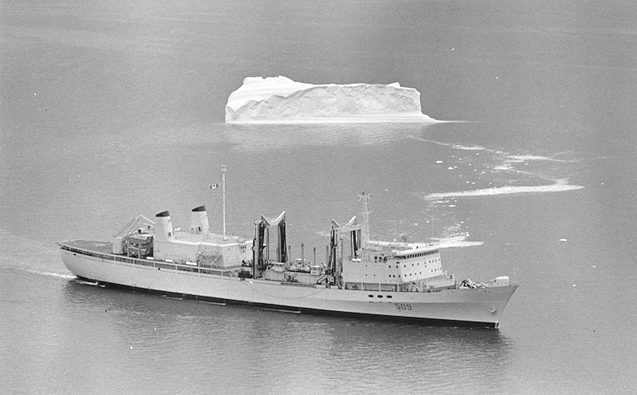
Gulf War Configuration
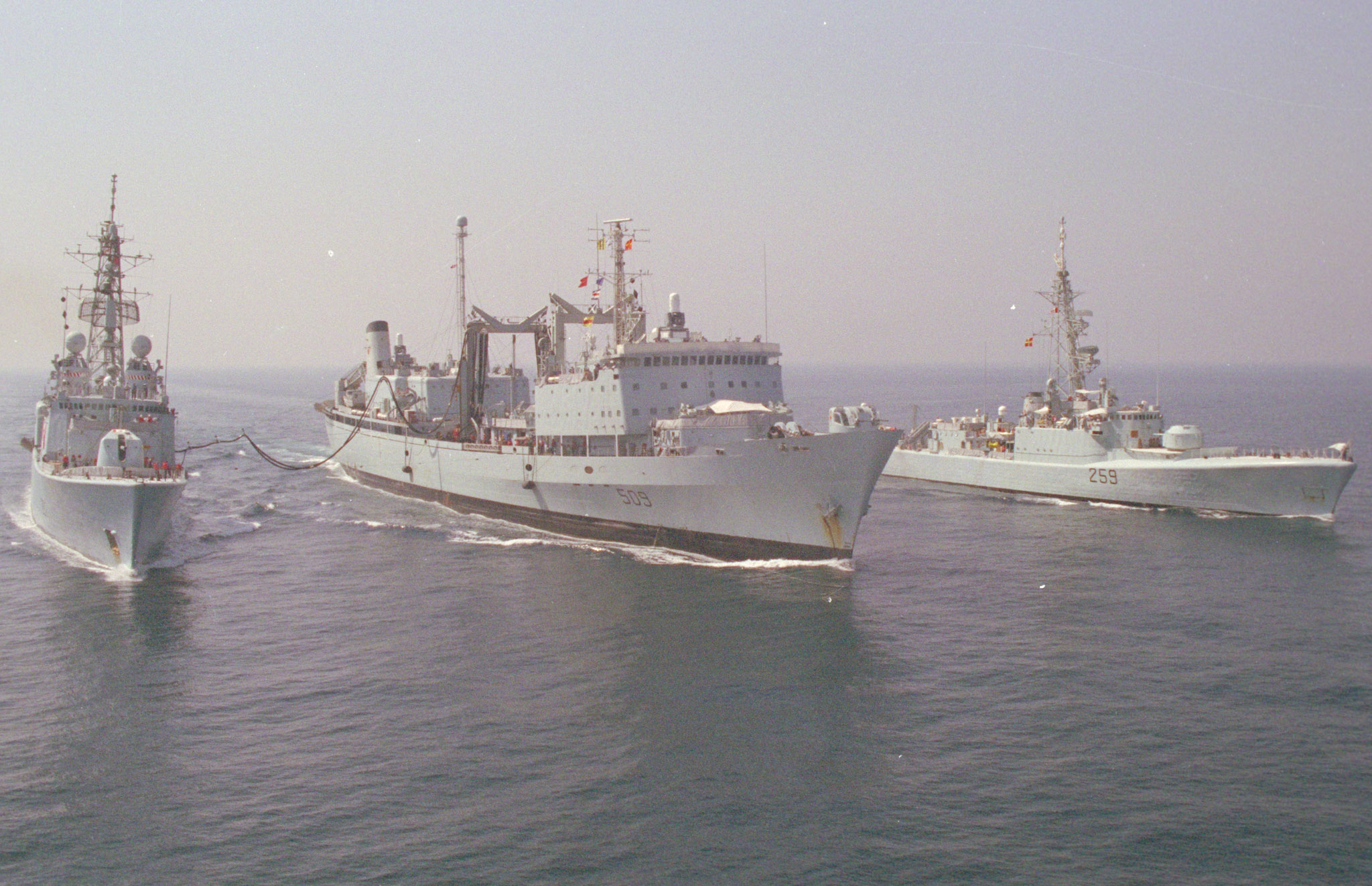
Post Gulf War Deployment

< Message edited by cdnice -- 10/5/2021 2:12:51 AM >
_____________________________
|
 Printable Version
Printable Version


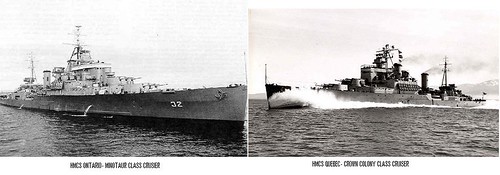








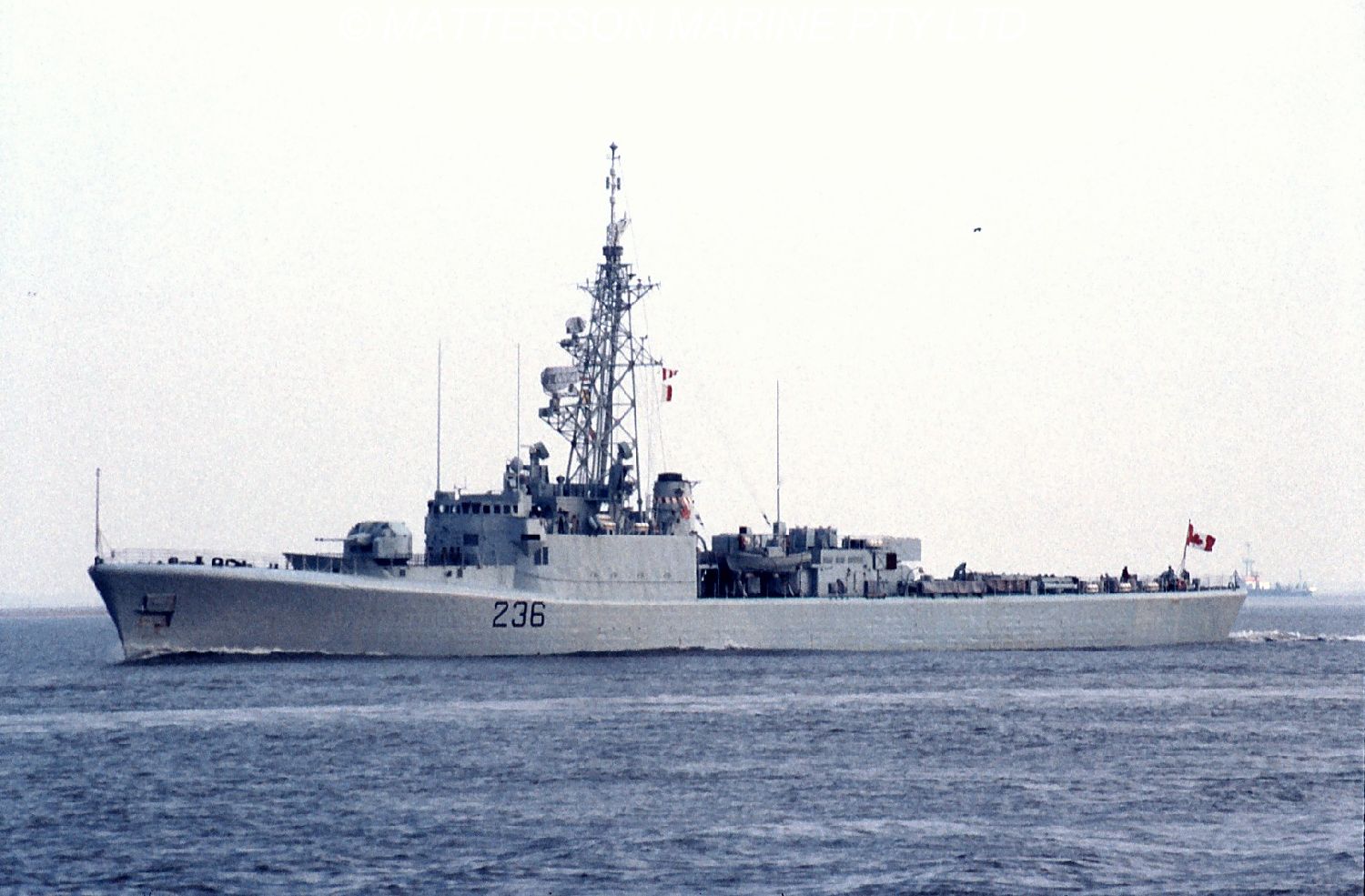


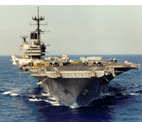
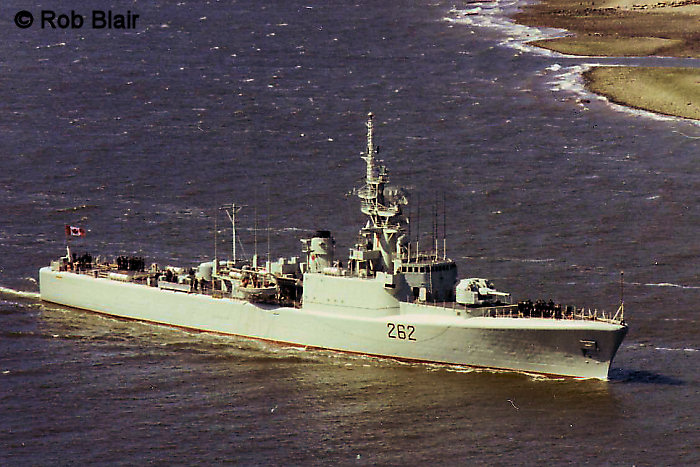
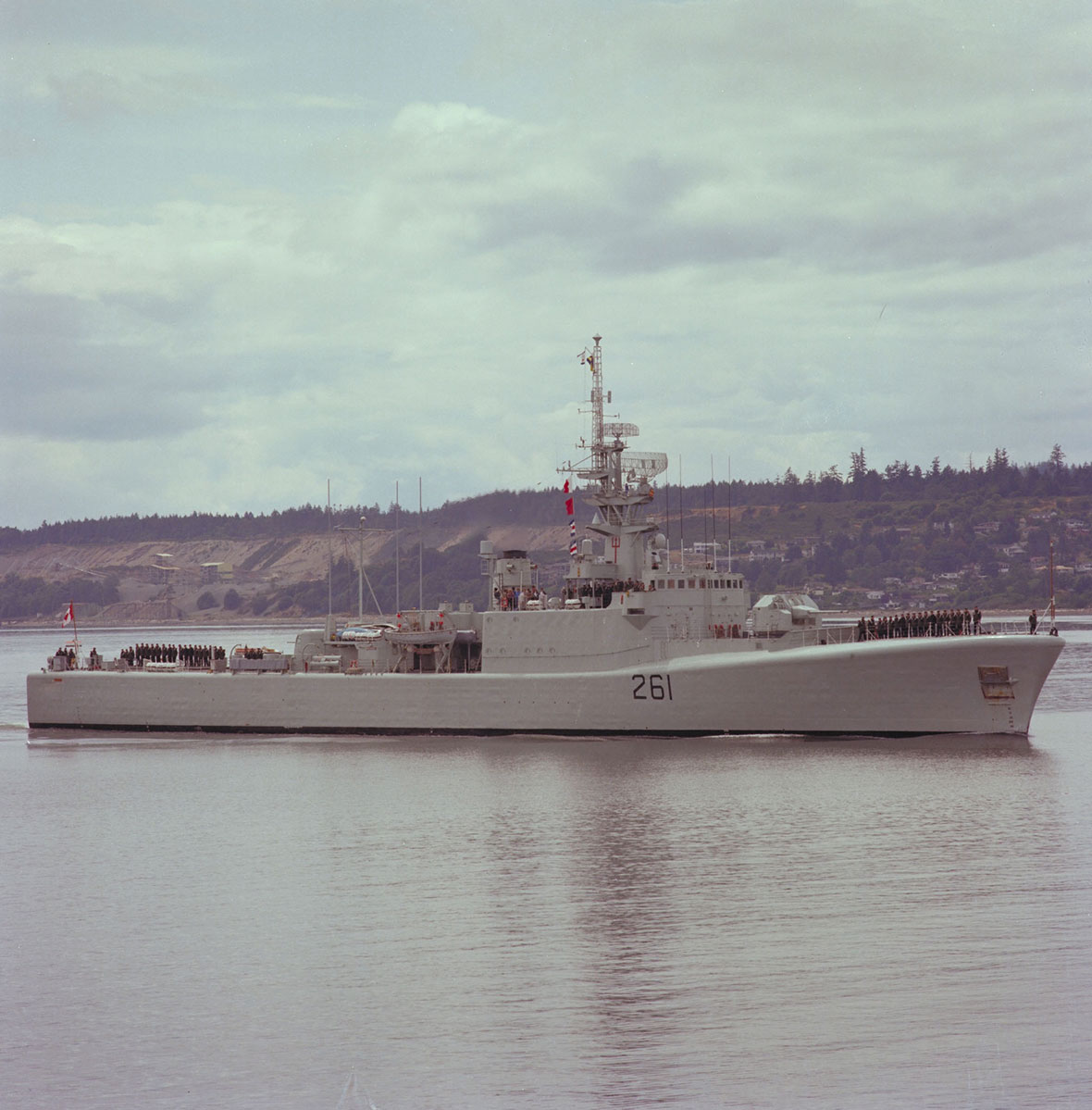
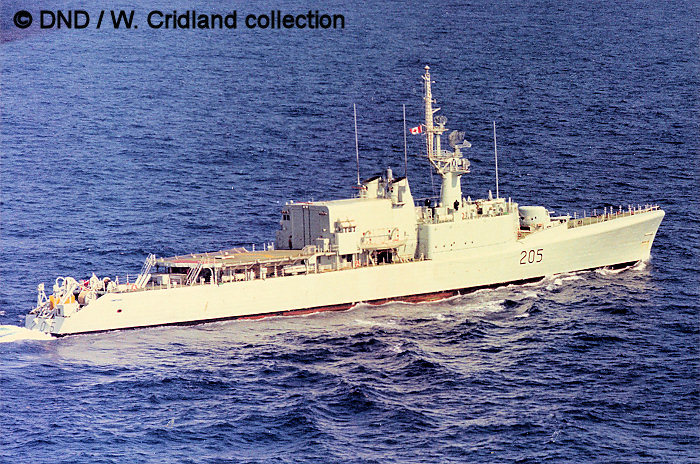
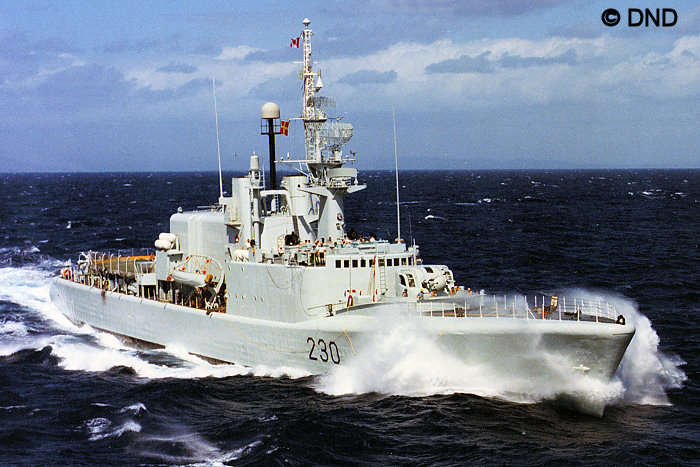
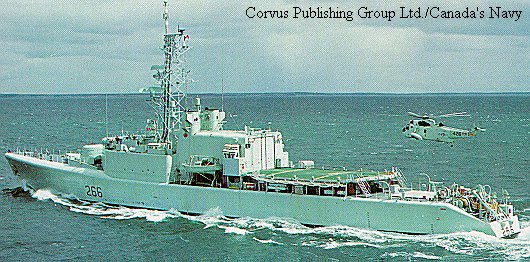
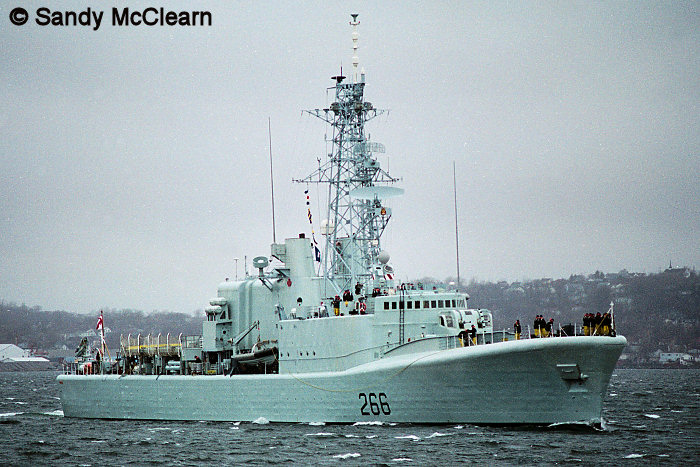
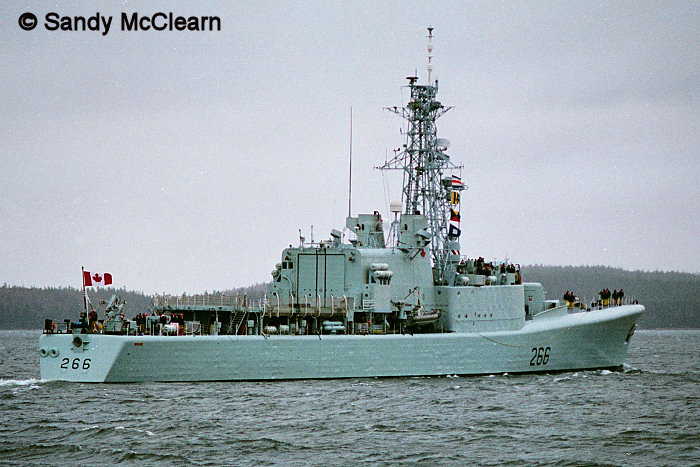
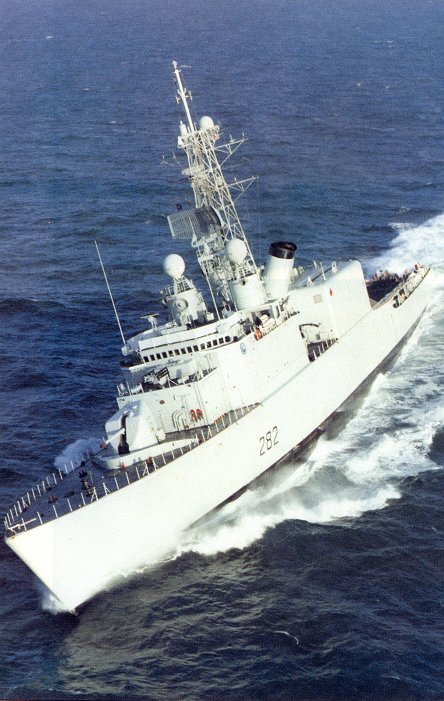

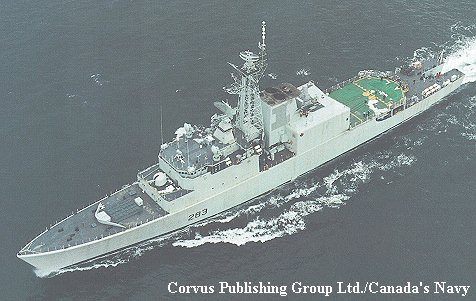


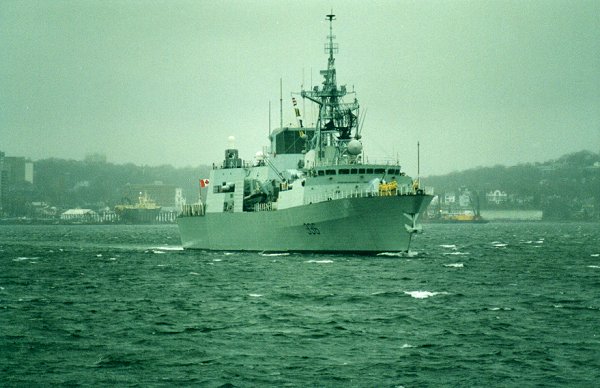
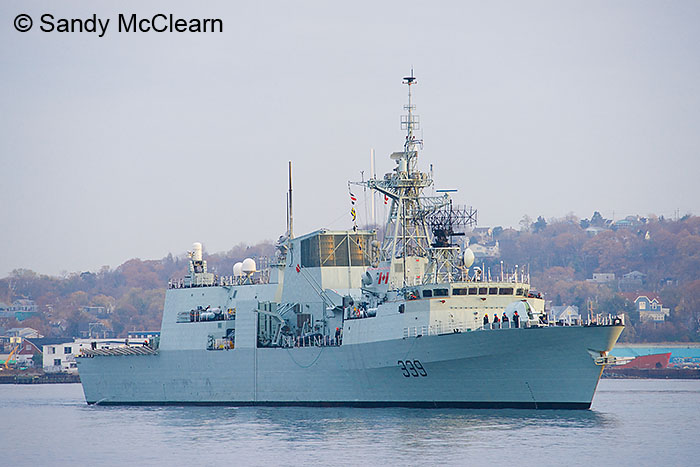


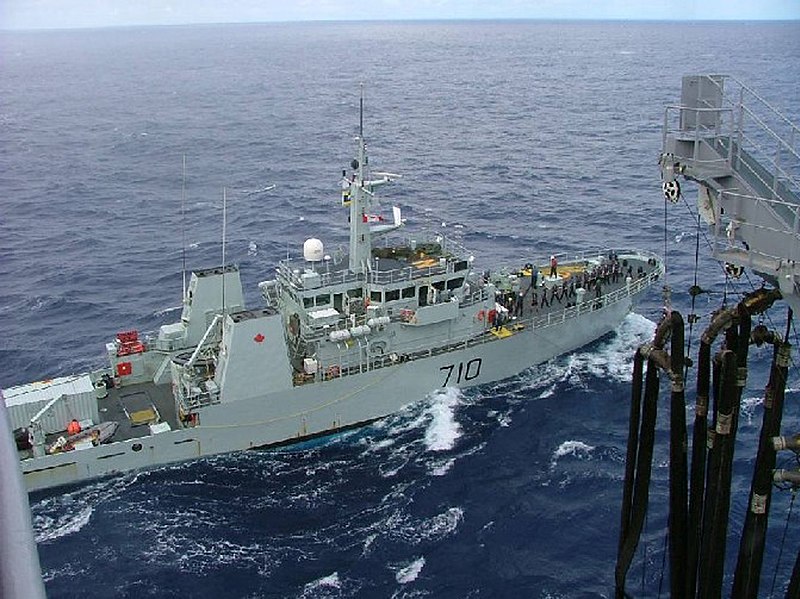
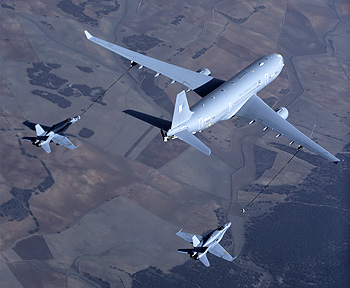
 New Messages
New Messages No New Messages
No New Messages Hot Topic w/ New Messages
Hot Topic w/ New Messages Hot Topic w/o New Messages
Hot Topic w/o New Messages Locked w/ New Messages
Locked w/ New Messages Locked w/o New Messages
Locked w/o New Messages Post New Thread
Post New Thread